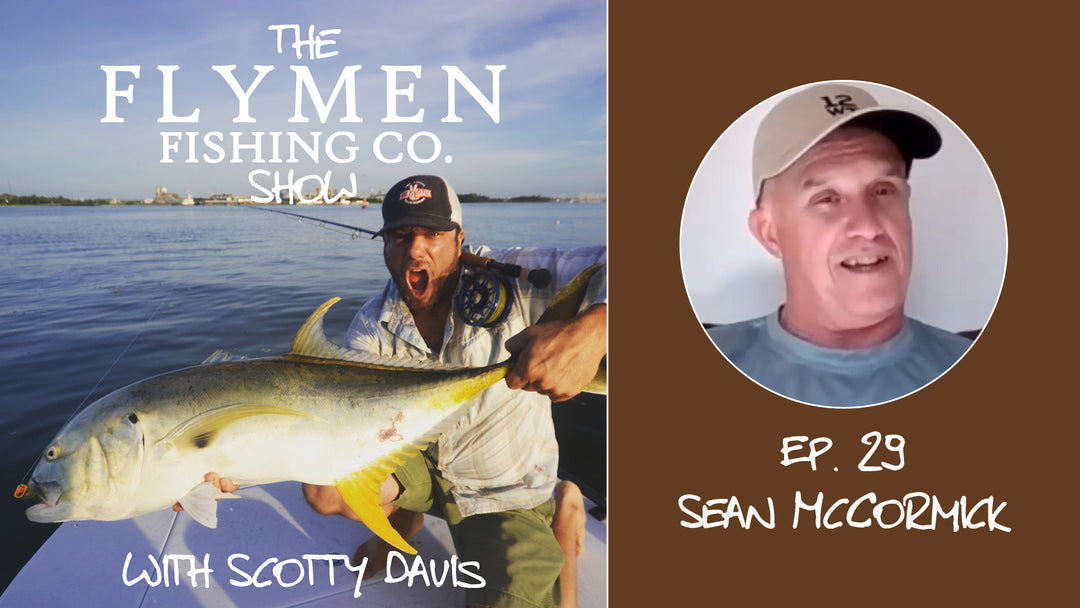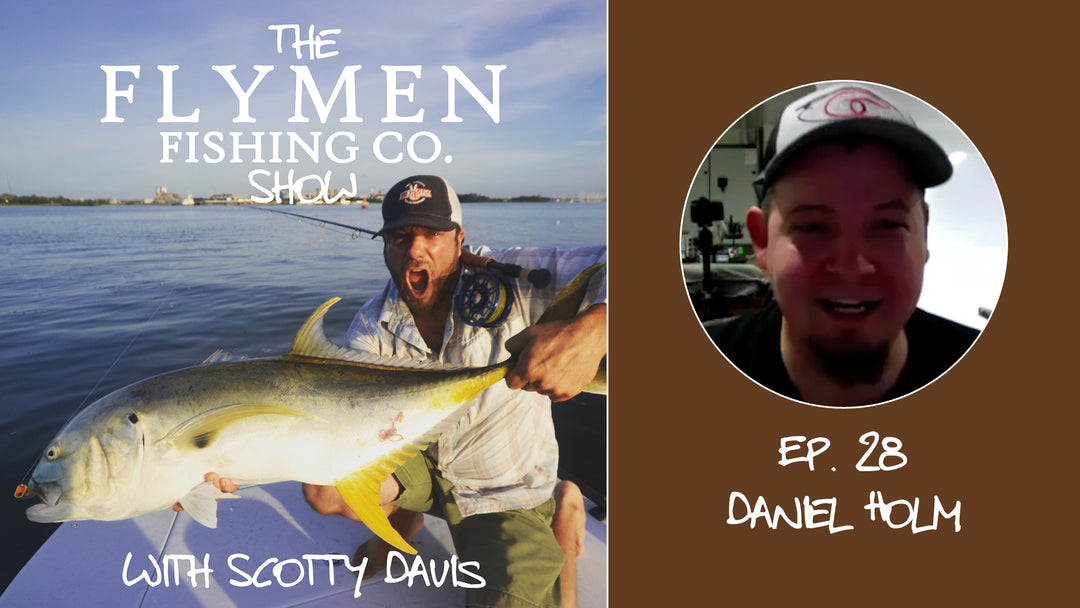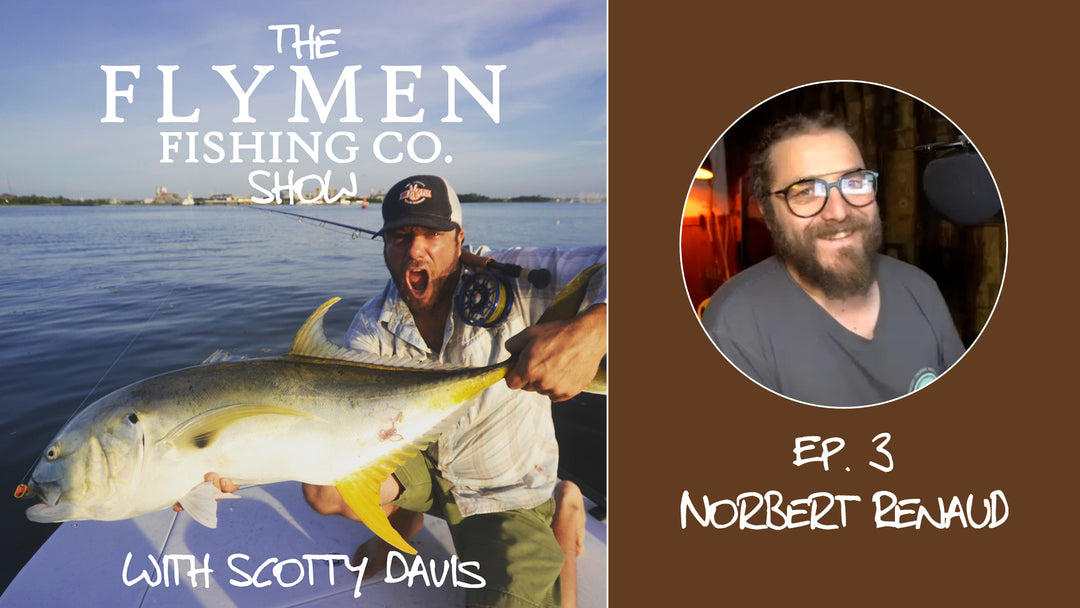Flymen Blog





River Pike: A Somewhat Predictable Creature
River pike are one of my favorite fish species to target on the fly, both fishing for them and guiding clients onto them, pike always give me an extra level of excitement. Rivers, compared to stillwater are more susceptible to changes. Water levels fluctuates faster and make the pike respond in different ways. When you drift down a river it’s a forever changing landscape. Behind each bend could be your new record pike waiting in ambush.
So, what are some helpful tips you can use for targeting river pike?






